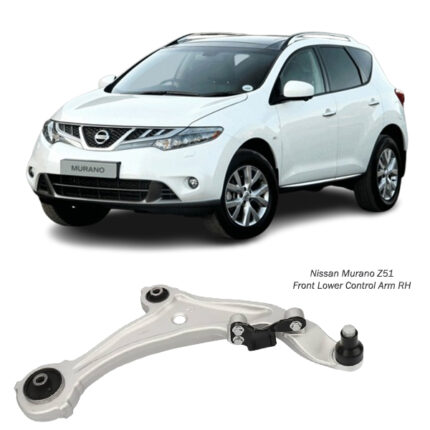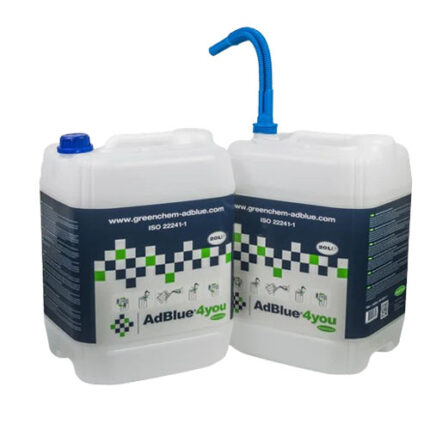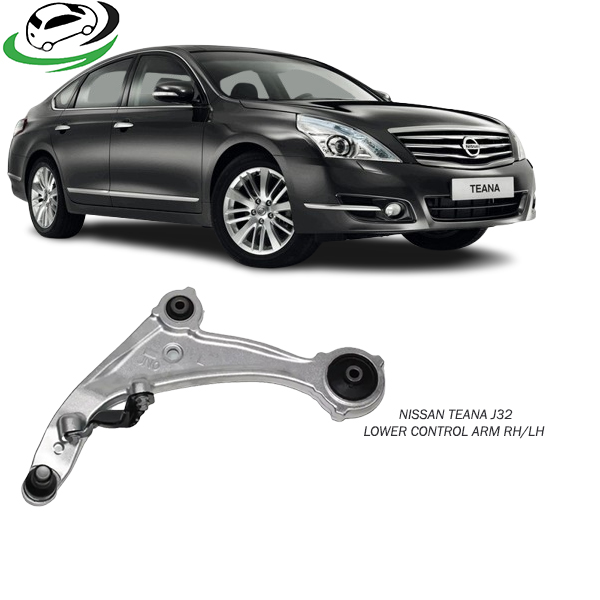-7%Hot
Get Nissan Teana J32 Lower Control Arm RH/LH 545015/4500-JN01A in Kenya
The lower control arm is an integral part of a vehicle’s suspension system, connecting the chassis to the wheel assembly. Lower control arms are responsible for positioning the wheels in alignment with the vehicle body and controlling their up-and-down motion, particularly over uneven terrain. These components are mounted on the left (LH) and right (RH) sides of the vehicle and are located closer to the ground, hence the term “lower” control arm.
Most vehicles have at least two lower control arms on the front suspension, while some advanced suspension systems may include them on both the front and rear axles. This guide will cover the critical functions, types, benefits, common issues, and maintenance tips for RH and LH lower control arms.
2. Function of Lower Control Arms
The primary role of lower control arms is to link the wheel hub and steering knuckle to the vehicle frame. Here are the main functions that lower control arms perform:
- Stabilization and Control: Lower control arms stabilize the movement of the wheel assembly while allowing it to move up and down. This helps absorb shocks from bumps, potholes, or other road irregularities, providing a smoother and more controlled ride.
- Support for Suspension Components: Lower control arms provide a solid base for the suspension springs, shocks, and other components. They house bushings that allow for controlled flexion, reducing harsh vibrations transferred to the cabin.
- Alignment Control: Lower control arms play a role in the alignment of the wheels by keeping the tires positioned correctly relative to the vehicle’s frame. Proper alignment reduces uneven tire wear and enhances handling performance.
- Steering Functionality: Connected to the steering knuckle, lower control arms assist in maintaining proper wheel orientation while steering. They work with other suspension components to allow smooth and precise directional changes.
3. Structure and Components of Lower Control Arms
Lower control arms typically consist of:
- Metal Frame: Made from aluminum or steel for strength and durability, the frame of the lower control arm is designed to withstand heavy loads and impacts.
- Bushings: Rubber or polyurethane bushings are attached to the ends of the control arm, allowing slight flexibility while absorbing shocks and minimizing vibrations.
- Ball Joint: The ball joint allows for rotational movement and flexibility, which is essential for the up-and-down motion of the wheel and steering.
The design may vary based on vehicle type, with some using “A” or “L”-shaped lower control arms, while others have a more straightforward, elongated shape.
4. Types of Lower Control Arms
- Stamped Steel Control Arms: These are the most common type, formed by stamping steel sheets into shape. Known for their durability and cost-effectiveness, they are widely used in passenger vehicles.
- Forged Aluminum Control Arms: Lightweight and resistant to corrosion, aluminum control arms are commonly used in performance vehicles or luxury cars. They offer superior strength but tend to be more expensive.
- Tubular Control Arms: Found in high-performance or off-road vehicles, tubular control arms are hollow tubes designed to reduce weight without compromising strength. These are often adjustable and suitable for customized suspension systems.
- Adjustable Control Arms: Often used in vehicles with modified suspension systems, adjustable control arms allow for alignment adjustments, which can improve handling for off-road and racing applications.
5. Benefits of Lower Control Arms
- Enhanced Ride Comfort: By stabilizing the wheel assembly and absorbing shocks, lower control arms provide a smoother ride, especially on bumpy roads.
- Improved Vehicle Stability: Lower control arms help maintain proper wheel alignment and reduce excessive body roll during turns, leading to greater stability.
- Better Handling and Steering Control: Lower control arms, in combination with other suspension components, enhance steering responsiveness and control, improving the overall driving experience.
- Reduced Wear on Tires: Proper wheel alignment, achieved with functional control arms, results in even tire wear, which extends the life of the tires and saves on replacement costs.
- Increased Safety: The stability and control provided by lower control arms are essential for safe handling, especially during evasive maneuvers or sudden turns.
6. Signs of Worn or Damaged Lower Control Arms
Lower control arms are subject to significant wear over time, especially in vehicles frequently driven on rough roads. Signs that indicate a problem with lower control arms include:
- Vibrations or Clunking Noises: If the bushings or ball joints in the control arm are worn out, you may hear clunking sounds or feel vibrations when driving over bumps or turning.
- Pulling to One Side: If the lower control arm is damaged or bent, it may affect wheel alignment, causing the vehicle to pull to one side.
- Uneven Tire Wear: A faulty lower control arm can lead to misalignment, resulting in irregular tire wear patterns.
- Loose Steering: Worn bushings or ball joints can cause loose or imprecise steering, making the vehicle feel unsteady.
- Unstable Ride Quality: A broken or worn control arm affects the suspension’s ability to absorb shocks, leading to a bumpy or rough ride.
7. Maintenance Tips for Lower Control Arms
To maximize the lifespan and performance of lower control arms, regular maintenance is essential:
- Inspect Bushings and Ball Joints: Periodically check the bushings and ball joints for wear, cracks, or excessive play. Replace any worn components promptly to maintain stability.
- Ensure Proper Wheel Alignment: Misalignment puts stress on lower control arms, leading to accelerated wear. Routine alignment checks, especially after hitting large potholes or curbs, can help prevent damage.
- Check for Rust and Corrosion: Rust can weaken the metal frame of lower control arms, particularly in vehicles exposed to moisture, salt, or harsh climates. Apply protective coatings or rust inhibitors as needed.
- Replace in Pairs: When one lower control arm needs replacement, it’s often wise to replace both the LH and RH arms. This keeps the suspension balanced and ensures even wear.
- Use Quality Parts: For replacements, invest in high-quality or OEM parts to ensure durability and compatibility with the suspension system.
8. Replacement and Installation
Replacing lower control arms requires technical knowledge and specialized tools. The general steps include:
- Lifting the Vehicle: Secure the vehicle on a lift or jack stands to safely access the suspension components.
- Removing the Wheels: With the wheels off, the lower control arm becomes accessible.
- Detaching the Ball Joint and Bolts: Loosen and remove the bolts connecting the control arm to the frame and the ball joint from the wheel assembly.
- Installing the New Control Arm: Attach the new control arm, securing it with bolts and reconnecting the ball joint.
- Alignment: After replacement, have the alignment checked to ensure the suspension components function together correctly.
9. Common Issues with Lower Control Arms
- Worn Bushings and Ball Joints: These components deteriorate over time, especially under stressful driving conditions.
- Bent or Damaged Arms: Impact with curbs or potholes can bend or damage the control arms, compromising alignment and handling.
- Corrosion: Exposure to moisture and road salts can lead to rust, weakening the control arms and reducing their effectiveness.
- Premature Wear from Heavy Loads: Vehicles carrying heavy loads or frequently driven on rough terrain may experience accelerated wear on the control arms.
10. Improving Lower Control Arm Longevity
- Drive Cautiously: Avoid driving over large potholes or rough terrain at high speeds to minimize strain on the suspension.
- Inspect Regularly: Regular inspections, particularly after harsh driving conditions, can help catch issues early.
- Use High-Quality Parts: OEM or high-quality aftermarket control arms generally last longer and offer better performance.
- Avoid Overloading: Heavy loads put additional strain on control arms and other suspension parts, leading to faster wear.
11. Conclusion
Lower control arms are vital components in the vehicle’s suspension system, ensuring stability, alignment, and comfort. Responsible for linking the wheel assembly to the vehicle’s frame, these parts are crucial for absorbing shocks and supporting other suspension elements. By understanding their function, benefits, and maintenance requirements, you can ensure they remain in top condition, providing optimal performance and safety for a smooth driving experience. Regular inspection, timely replacement, and cautious driving are essential practices to keep the lower control arms (both RH and LH) functioning effectively and prolong their lifespan.
Follow us on Facebook for more parts.



